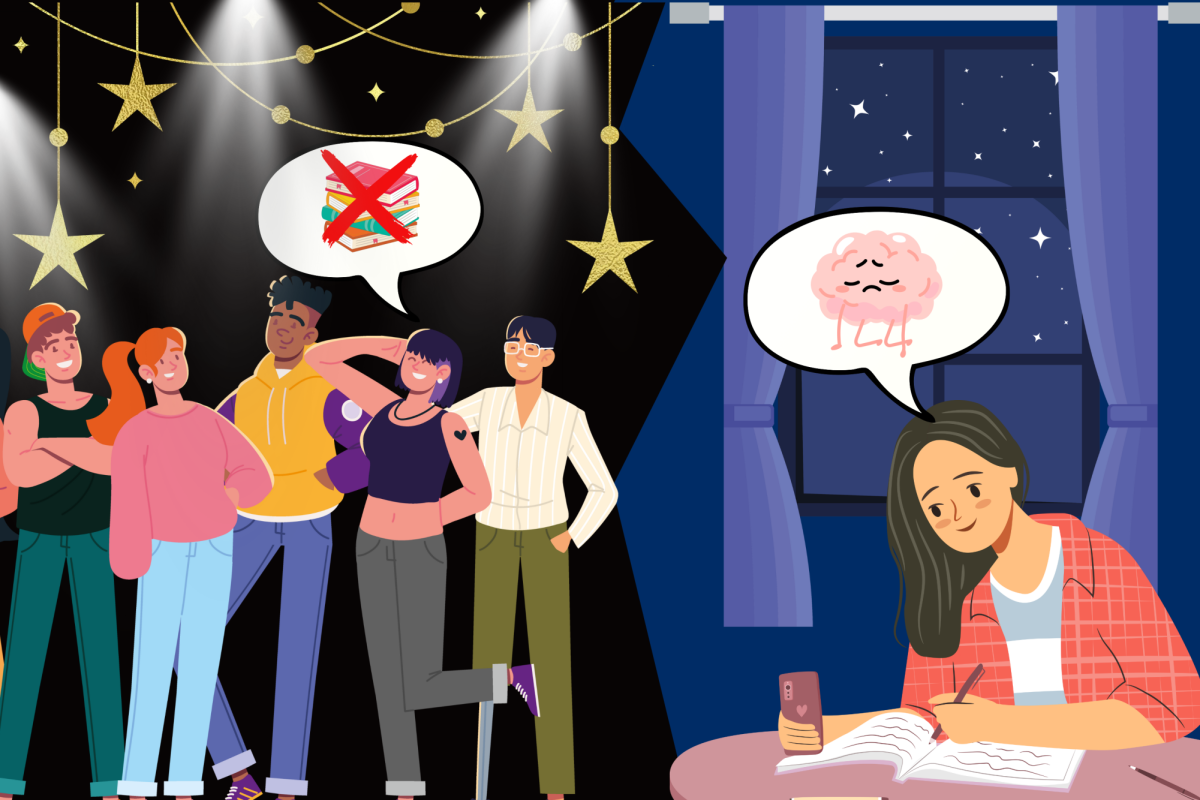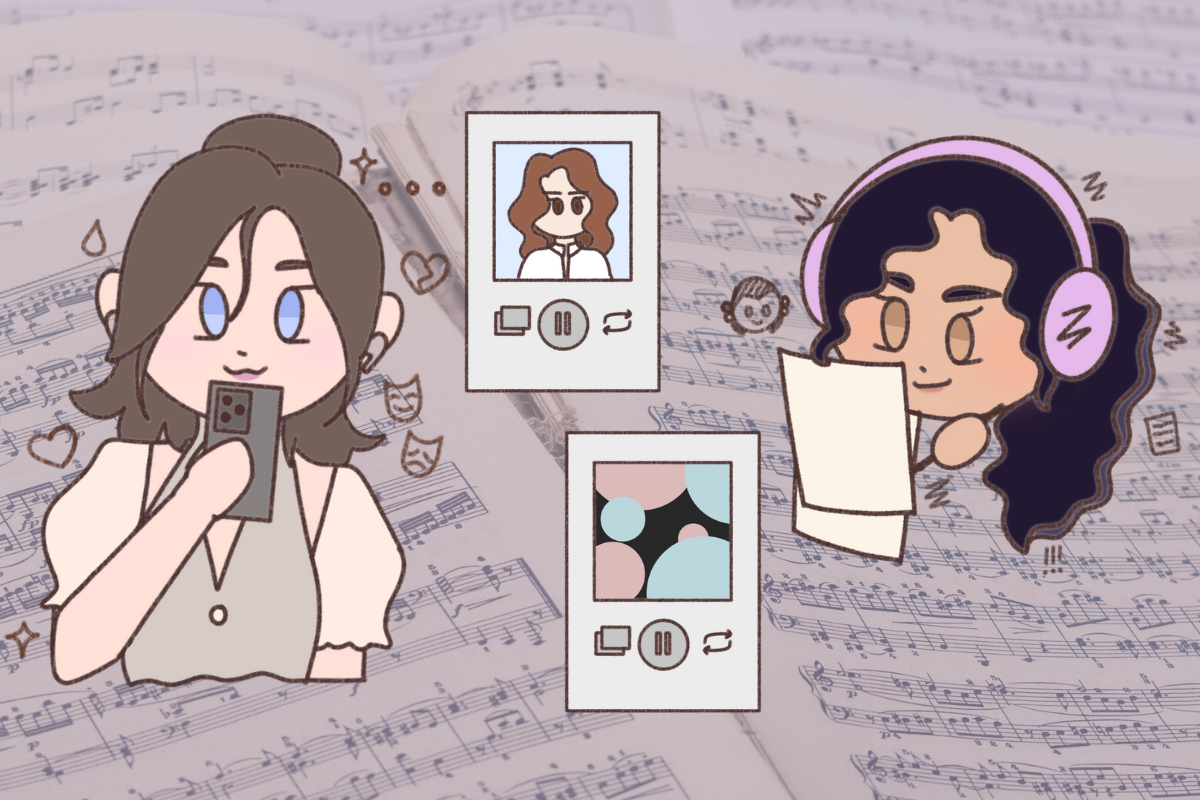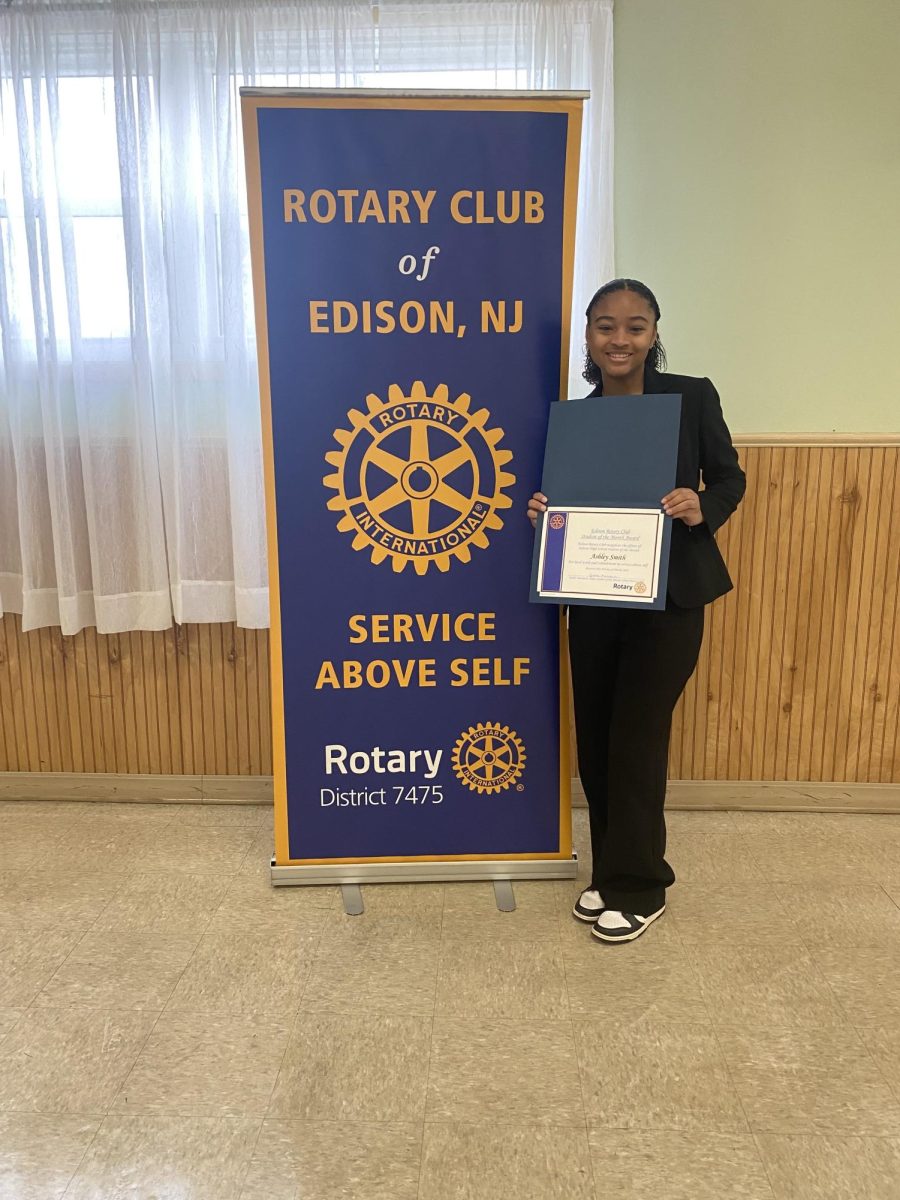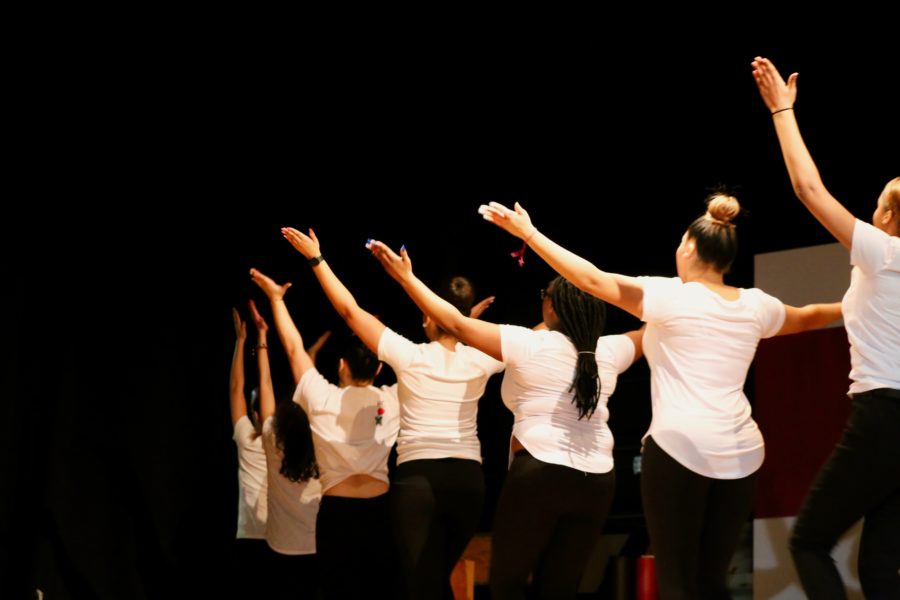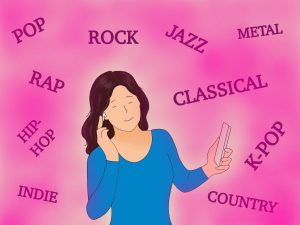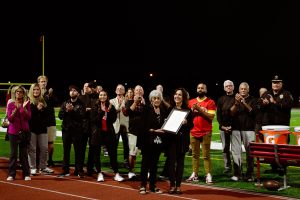The Art of Black Culture
April 20, 2020
On Tuesday, February 18, the Edison High School UMOJA club held their first “Black History Month Assembly.” The assembly took place during periods 2 and 3, with students and teachers of all different cultures filling the auditorium to the last row. The assembly began with two UMOJA members introducing their club and a segue right into performances.
The first singer performed a cultural song, starting the assembly with a powerful aura of diversity. Next a student spoke about the importance of Maya Angelou and performed her poem “Phenomenal Woman” to the audience. The speaker read, “A woman is more than a sum of her parts.” Angelou encompassed not only African American history throughout her literature, but celebrated feminism by repeating the idea that women are enigmatic. She was influential in asserting the power of African American women. She made a tremendous impact globally, during her time and well after, including here in this EHS assembly.
The next speaker, Michah White ‘20, shared some African American history with the audience. He discussed the Selma, Alabama march of 1965 that was held to protest the regulations against African Americans voting. Although the event happened decades ago and advocated for rights that we take for granted today, it played a large role in securing justice for African Americans. By adding this event to their message, UMOJA managed to emphasize the lesser-known but equally powerful attempts at equality.

Next the EHS Dance Ensemble danced to an ode to Malcolm X, “Rise from the Dirt,” followed by the EHS Step Team. UMOJA, by adding these performances, was able to showcase the efforts of not just influential protestors, but proved that artists too were able to make a difference in advocating for their beliefs.
The next student discussed his interpretation of MLK’s famous “I Have a Dream” speech. He noted that, “My dream is that MLK’s dream wasn’t just a dream. My dream is that Martin Luther King Jr.’s dream becomes a reality.” This dream remains true to many, even to this day. Along with the inclusion of many lesser-known movements, adding one as well-known as the “I Have a Dream” speech added to the message of equality the assembly conveyed. The stage transitioned between verbal and dance performances back-to-back. The last performance of the period was a powerful resurrection dance that resonated with the high school audience.
Overall, the Black History Month Assembly was impactful in sharing essential moments and traditions of African American culture, from its significant past to the details the audience may have been unfamiliar with. Overall, their assembly introduced and explained the various efforts of African Americans to ensure the true equality of our world today; however, these efforts remain short of their initial goal. Many activists today continue to work for the equality their predecessors strived for—ranging from adults to teenagers. Thus, the end of the assembly ended with this powerful question from a member of the UMOJA club: “What’s your reality?”























